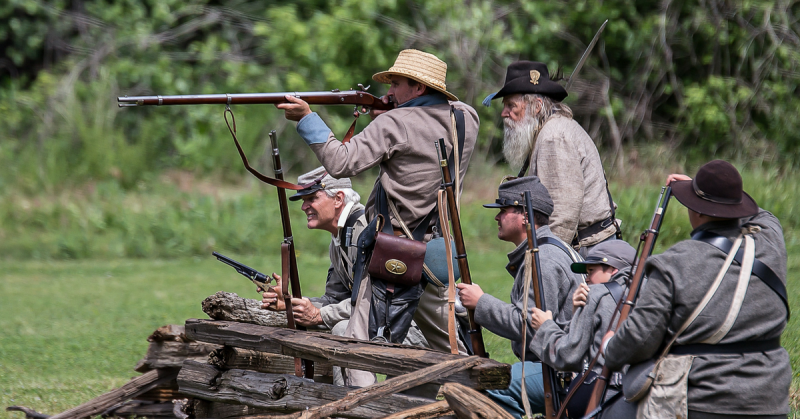The Confederate left flank was on the verge of complete collapse at the First Battle of Manassas, and General Barnard Bee was struggling to instill courage in his faltering division. It was then that he looked across the field and saw a group of disciplined Virginia infantry holding their line and recognized their commander as General Thomas Jackson.
Either out of admiration and an effort to rally his own troops or out of frustration that Jackson had not rushed to aid his divisions, Bee is said to have cried out to his men: “There stands Jackson like a stone wall. Rally behind the Virginians!”
And rally his men did, along with the Confederate cause as a whole, and they forced the Union into a broken retreat.
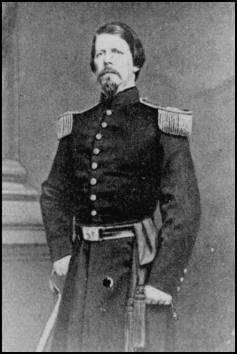
Jackson’s actions at the First Battle of Manassas made him a legendary figure in the Confederacy, and his later exploits in the war would maintain and build this legacy. Whether General Bee’s comments were made out of admiration or frustration, Jackson’s decision to hold his ground was undoubtedly a part of his strategy.
A West Point graduate and former professor at the Virginia Military Institute, Jackson was familiar with the tactics of battle and realized that his men would be most useful on the military crest, reinforcing the Confederate left. He had his men stand at the bottom of a hill to surprise the advancing Union troops as they came over it.
As soon as the Federal soldiers came over the hill, they received an unexpected volley from Jackson’s men, leading them to rout. After the Confederate victory at Manassas, Jackson and his men embraced the name “Stonewall” as a badge of honor.
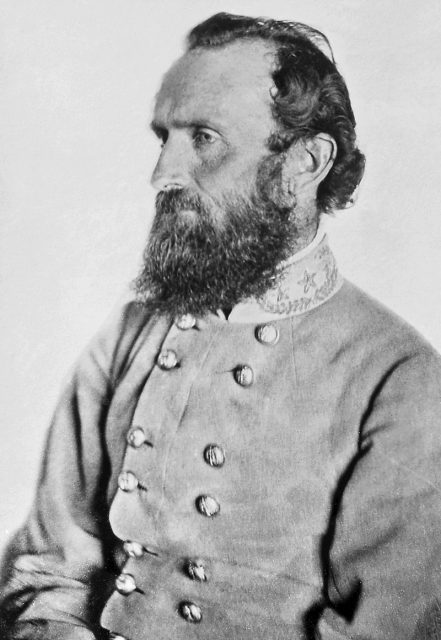
Why were Jackson and his brigade so successful compared to the other Confederate troops, many of whom routed easily? Well, there are numerous explanations that likely all played a role in the victory. First is that Jackson’s men were enthusiastic Confederates from the very beginning.
He actually gathered his brigade at Harper’s Ferry before Virginia ratified succession, indicating a strong desire among his men to fight. This also gave them time to prepare, and Jackson was known as a disciplinarian and austere leader – the exact traits needed to teach men to be steady under fire.
A group of enthusiastic and disciplined men is likely to hold the line much better than those who have been haphazardly assembled more recently under less experienced leadership. Jackson’s experience leading troops in the Mexican-American war also undoubtedly helped him to convey key skills and standards to his troops in the time they had to prepare for the battle. Jackson himself was quite confident because, as a deeply religious man, he was convinced that God wanted the Confederacy to win the war.
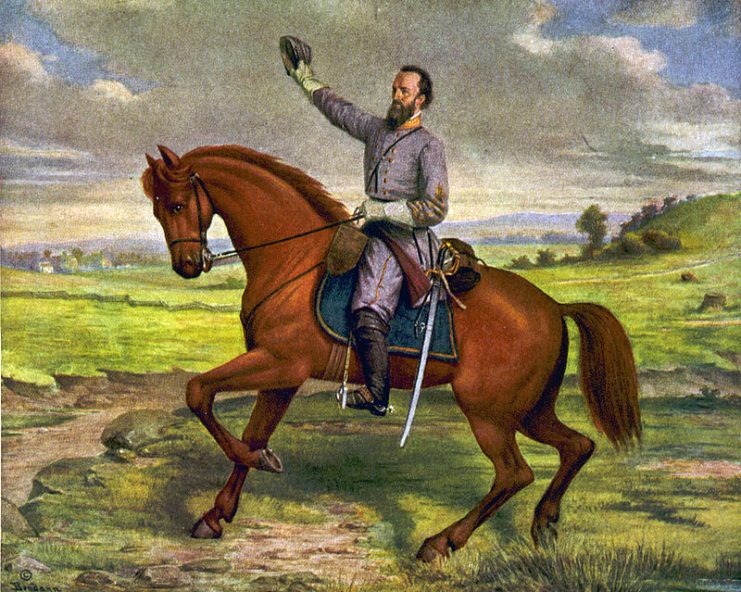
The Stonewall Brigade and Jackson would next distinguish themselves in the Shenandoah Valley Campaign in 1862. Throughout the campaign, Jackson encouraged and led his troops on remarkable marches at speeds few others could match in order to outmaneuver the Union troops, who massively outnumbered him.
By moving quickly, Jackson was able to isolate smaller groups of Union troops and fight most battles on his terms despite, in theory, being on the defense. Ultimately, Jackson won five of the six battles of the campaign, leading the Union to abort the offensive and successfully securing a major source of food and provisions for the Confederacy.
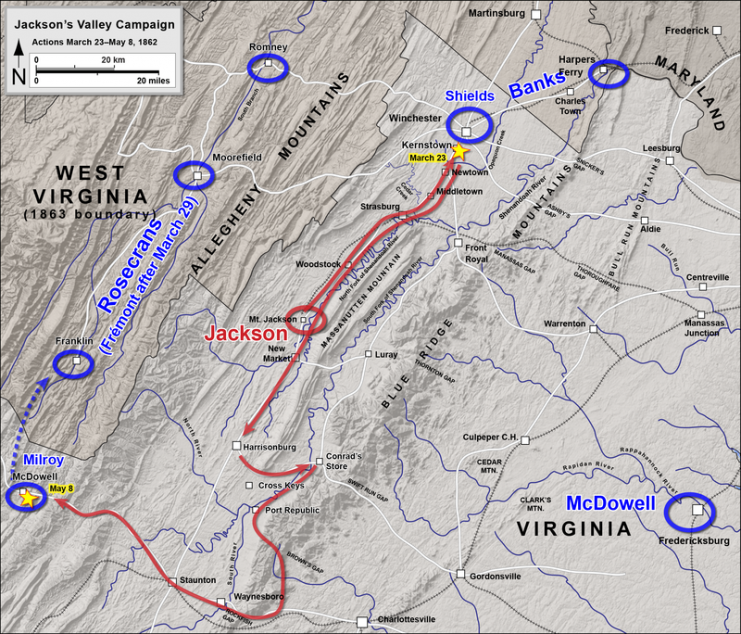
Jackson’s lone loss is often attributed to Brigadier General Richard B. Garnett defying Jackson’s orders, which later lead to Garnett’s court-martial. As a result of Jackson’s victories, he became the most celebrated general in the South at that time, and, in the eyes of many Southerners, he had saved the Confederacy as a whole.
Before this string of victories, Southern morale was at an all-time low as Union forces experienced success throughout the Western front of the war and were advancing towards Richmond from the North, West, and East. Next, Jackson joined Lee to the East in repulsing McClellan’s men in the Peninsula Campaign.
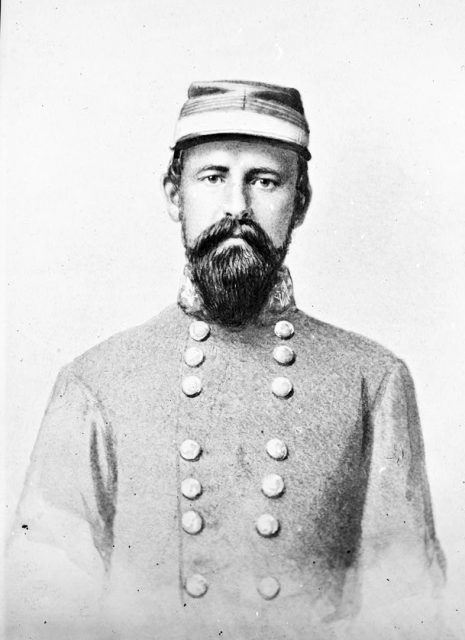
When Jackson and his foot cavalry arrived, Lee had already engaged Union forces in several battles. Jackson arrived in time to take part in the second day of fighting in the Battle of Mechanicsville (Beaver Dam Creek). However, throughout the campaign, Jackson and his men were abnormally slow to act and missed several opportunities to either reinforce Confederate armies or take advantage of routing Union troops.
Despite McClellan’s poor leadership of the Union forces, General Lee noted that “Our success has not been as great or complete as we should have desired. … Under ordinary circumstances, the Federal Army should have been destroyed.” This was largely due to a Confederate failure to coordinate attacks and take advantage of opportunities as they emerged on the battlefield. Nonetheless, by repelling the Union forces from Richmond and Eastern Virginia, Jackson and Lee saw their reputations soar.
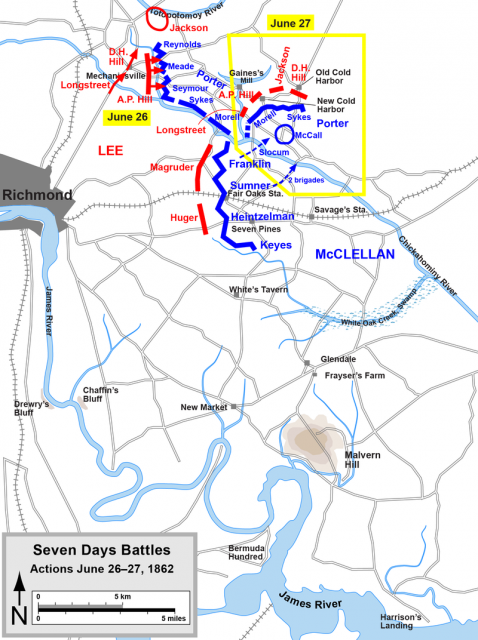
At Second Manassas, the Stonewall Brigade encountered one of their greatest challenges yet at what became known as the Battle of Brawner’s Farm. Jackson’s men had been keeping an eye on General Pope’s forces and commenced shelling them once they began to move further North – a move that Jackson was concerned would allow them to merge with McClellan’s force.
Jackson had his men dig-in along an abandoned railroad track to await Pope’s forces, as Pope realized a need to strike before General Longstreet arrived, and to prevent Jackson from wreaking havoc in his rear.
While awaiting reinforcements from General Longstreet, Jackson’s men ended up engaged in intense fighting with several divisions from the Midwest. The 2nd, 6th, and 7th Wisconsin Infantry Regiments, along with the 19th Indiana, managed to hold their ground under the leadership of General John Gibbon.
Even as the Stonewall Brigade, with significantly greater numbers, advanced upon the Midwesterners, they held their ground in the face of intense close-range fire. The Federal soldiers fought Jackson to a draw and earned a name for themselves as they were among the only Union soldiers to hold up against the Stonewall Brigade. They were to become known as the Iron Brigade.
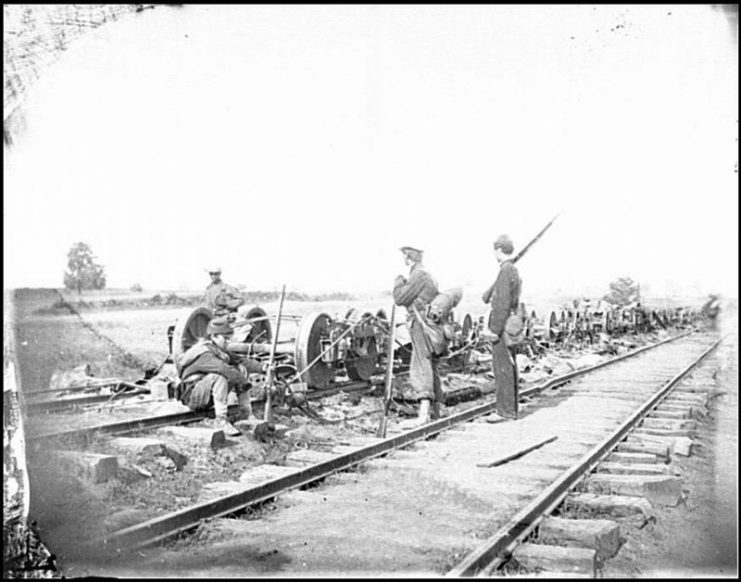
As Second Manassas continued into its second day, Jackson had already lost around 40% of his men at Brawner’s Farm out of a division already down to a mere 800 out of an original 2,000. However, Jackson’s men were largely able to fight a defensive battle on the second day of the fighting, living up to the “Stonewall” moniker. Soon, Longstreet arrived with reinforcements, and incompetent leadership from Pope left the Union outnumbered and in an inferior position against Jackson as the fighting wore into its third day.
On the third and final day of the battle, Longstreet led a counterattack on the Union right flank, which saw a significant success that was in no small part due to Pope’s odd conclusion that Longstreet was merely reinforcing Jackson rather than preparing an assault.
The Union army soon fell into retreat due to numerous blunders at all levels of command. Jackson was ordered to support Longstreet; however, neither Longstreet nor Jackson was able to mount the rapid push needed to take advantage of the Union retreat. Pope’s army was ultimately saved when reserves were able to take up strong defensive positions to cover the retreat.
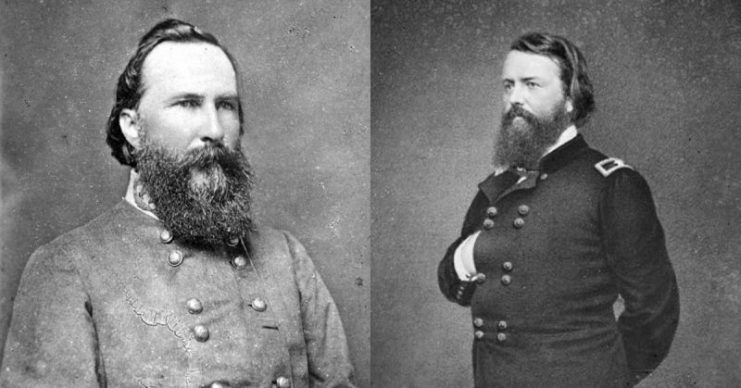
Upon his victory at Second Manassas, Lee decided to strike North in an effort to turn the tide of the war. Jackson had been fighting at Harpers Ferry, and although he was successful, this battle delayed his arrival at the Battle of Antietam/Sharpsburg. Fortunately for the South, McClellan was once again in charge of Federal forces after Pope’s dismissal. As was typical, McClellan significantly overestimated Confederate troop numbers and delayed his attack, allowing Jackson time to arrive and command the Confederate left flank.
Much of the fighting on this flank took place in a cornfield. And who did the Stonewall Brigade encounter in the cornfield? On this occasion, the Iron Brigade forced Jackson’s men back, badly damaging their center until reinforcements from some of Jackson’s former divisions arrived. However, they too took severe casualties, and Jackson was forced to bring up his reserves, under General Hood, who launched a furious assault on the Iron Brigade, finally forcing them back.
Throughout the chaos of the battle, the casualties sustained by both sides were immense, and the cornfield changed hands numerous times. The battle was technically a draw but forced Lee to retreat to Virginia, where Jackson would next see action at Fredericksburg.
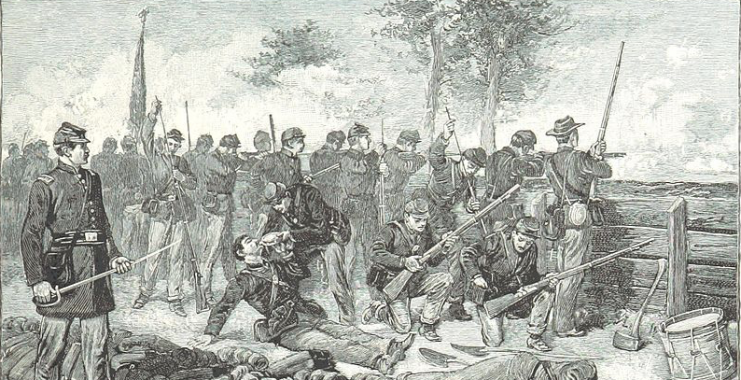
After minor action, Northern forces had occupied the city of Fredericksburg, and Confederate forces had taken a strong position in the hills overlooking the city. The newest Union Commander – Burnside – had concluded that he must attack one flank of the Confederate forces.
Jackson controlled the right flank and ultimately repelled the Union attack that constituted their best chance of winning the battle. The Union advance seemed to begin as planned, but Jackson’s troops, hidden in fog, were merely holding their fire until the Northern forces closed the distance between them. Soon, Jackson’s artillery opened fire with devastating results.
Southern small arms fire poured into the advancing Federal troops; however, the advance continued and the Southern lines began to fall back. Meade’s men broke through Jackson’s lines, but without support were not able to hold their gains, and soon, the Union assault was repelled by Southern reinforcements. Jackson had successfully held off the most successful Union assault of the battle, and Burnside’s men took terrifying numbers of casualties in other flanks throughout the battle.
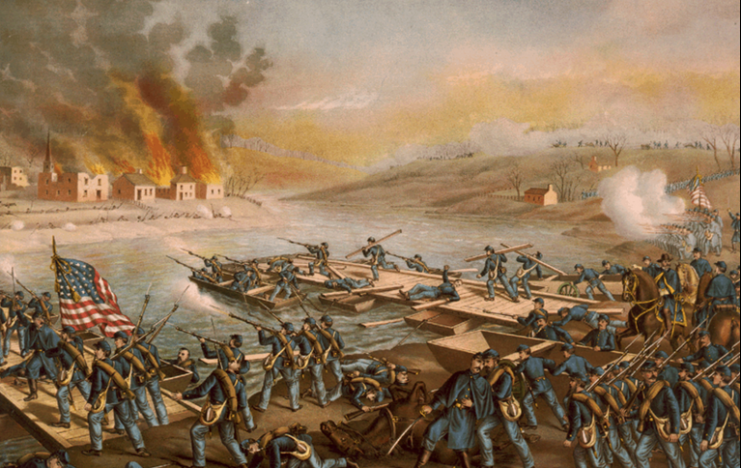
Chancellorsville could easily be considered as Jackson’s ultimate victory. On the eve of the major fight, Generals Lee, Jackson, and J.E.B. Stuart met and came up with a bold and unorthodox plan. They decided their army would be divided in the face of superior numbers in a bold flanker maneuver led by Jackson. This plan involved essentially marching around the entire Union right flank, which had been left hanging and disconnected from the rest of the army, in order to catch them off guard.
In order to accomplish this task, Jackson would have to use every skill at his disposal. He would need to travel quickly and undetected and attack the Union troops quickly enough to catch them off guard while outnumbered Confederate forces everywhere else on the battlefield held off any assault. And that is exactly what he did. Although some Union troops began to become aware of some Confederate troops around their flank, their superiors paid them no mind.
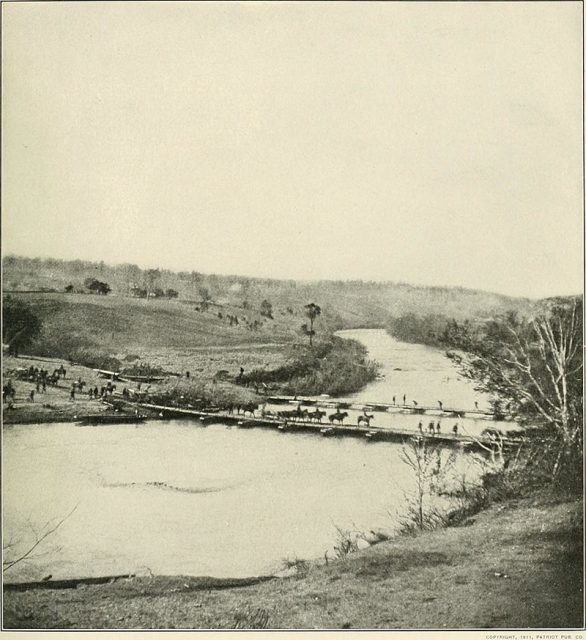
At around 5:30 pm, Jackson launched a full attack that completely flanked and overwhelmed the Union right. As Jackson’s men emerged from the forest with a rebel yell, many of the Northern skirmish troops were unable to even fire a single shot before being overwhelmed.
Within about 20 minutes, the entire Union right was in complete chaos and was retreating. General Hooker was so unprepared that he learned of the assault when he heard the gunfire approaching his headquarters.
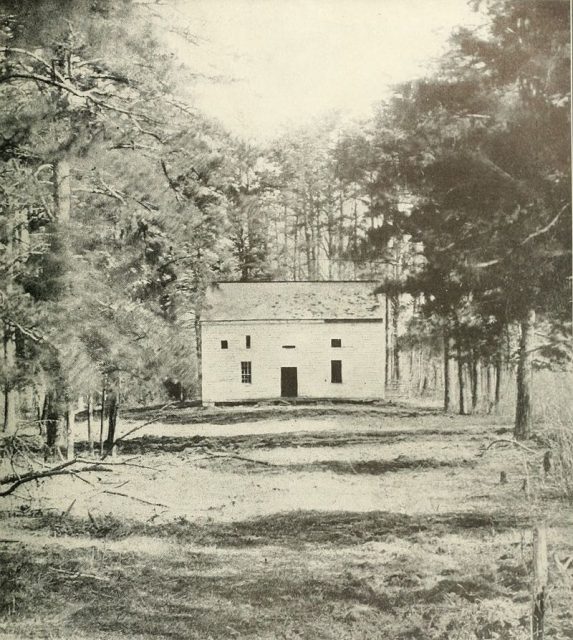
Throughout the evening, the Confederates pursued the Northerners. As night fell, Jackson, ever ambitious, rode out ahead of his men to determine the potential value of a night assault to press his advantage. As he determined to launch the assault and returned to his lines, a group of his men mistook him for a Union cavalryman and shot him three times. He died 10 days later after catching pneumonia as he recovered from an arm amputation.
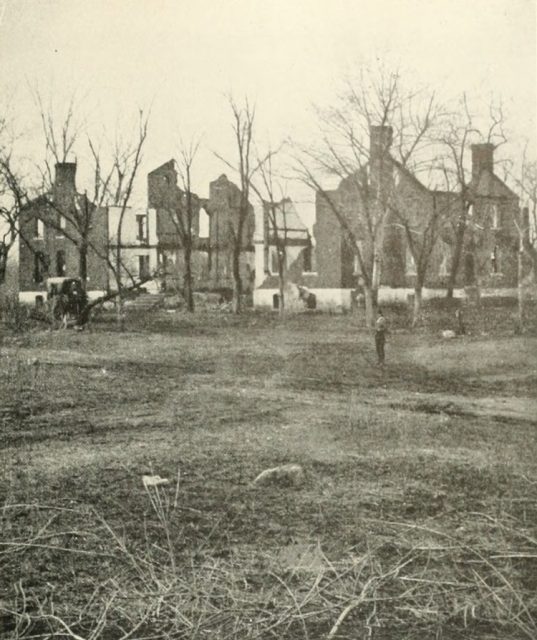
Although Lee and the Confederates were able to win a significant victory through the next few days of battle, their enthusiasm was tempered by the loss of one of their greatest generals. The Stonewall Brigade itself continued to see action until the end of the war and retained its name for the duration of its existence.
It continued to see significant success at times in the war, especially during the Second Battle of Winchester, but the loss of Jackson was a permanent scar for the Confederacy, and some even believe that Lee may have won at Gettysburg if Jackson had been there.
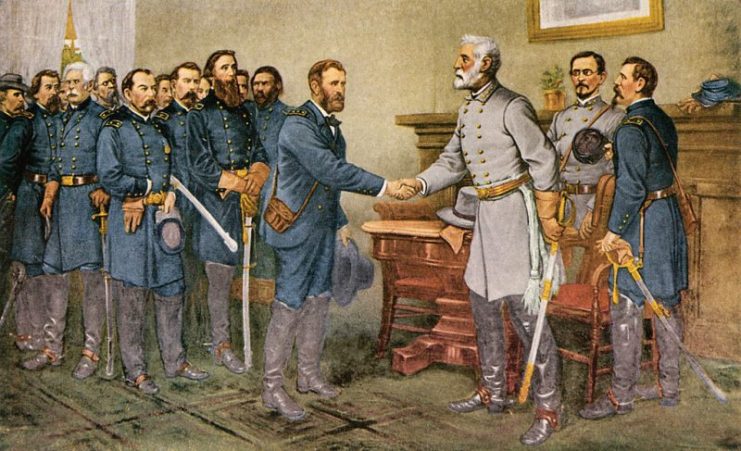
At the time of the surrender at Appomattox, less than 4% of the men who served in the brigade remained. Even today, “Stonewall” Jackson is highly regarded as a general, and the modern 116th United States Infantry, headquartered in Virginia, is nicknamed “the Stonewall Brigade” in honor of the original brigade.
